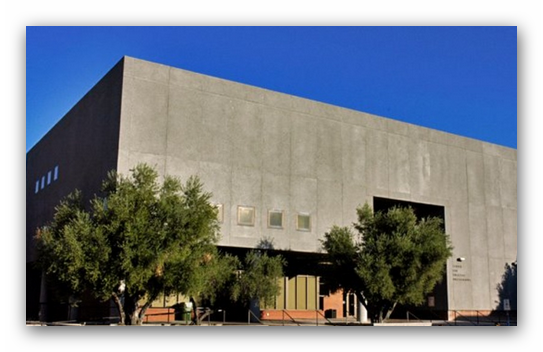Jun 9 2018 - Nov 24 2018
Center for Creative Photography
Tucson, AZ
Longer Ways to Go will explore how photographs made of and on America’s roads have influenced and been influenced by the construction of an American identity. The road is bound up with American ideals of small-town life, the natural landscape, the national heritage of westward expansion, and the exercise of personal freedom, to name a few. Not only does how we travel reflect our habits of consumption and our standards of comfort, security, and leisure, we hope it shapes something deep, essential, and ineffable within our self-construction. This exhibition will present photographs depicting car culture, vacation culture, and counterculture, describing the ways in which the road has shaped American identity for over a century.
This exhibition came into being as a reaction to a body of photographs of Route 66 by Kozo Miyoshi, a Japanese photographer and one-time artist in residence at the Center for Creative Photography. Route 66, one of the first U.S. Highways, is an emblem of the heyday of American cross-country automobile travel. While the road’s history began with the Dust Bowl migration, it achieved iconic status during the post-war prosperity of the ‘50s and ‘60s, when it became a popular westward route for families vacationing in Los Angeles. In 1985, following the profusion of coast-to-coast interstate highways, Route 66 was removed from the US Highway system. Portions of the road that pass through Illinois, Missouri, New Mexico, and Arizona were designated as “Historic Route 66.” The mother road of John Steinbeck’s Grapes of Wrath has fragmented, come loose from its once-contiguous terrain; its components parts have been carried off to junk shops or museumified in the tourist traps that line what is left of the highway. During the 1990s, Kozo Miyoshi traversed the remains of 66, creating placed, meticulously composed photographs with an 8x10 view camera. His photographs are ambivalent: the area of 66 that have managed to survive have done so through ingenuity and entrepreneurial spirit, but many once-iconic sites have been abandoned or fallen into disrepair. Looking at Miyoshi’s photographs, we witness a construction and performance of American identity that is becoming increasingly self-referential. His images form a compelling document of the landmark’s transition from highway to scenic byway, from America to Americana.
Photography had no small role to play in elevating the American highway – with Route 66 as its emblem- to mythic status. Miyoshi’s photographs will be presented in conversation with pictures that helped define the American vision of the road. Chronologically, Longer Ways to Go begins with works by Depression-era photographers including Walker Evans, Dorothea Lange, and Arthur Rothstein and spans up to the present day; the exhibition will include works by Edward Weston, Angel Adams, Robert Frank, Gary Winogrand, Lee Friedlander, Danny Lyon, Ed Ruscha, Joe Deal, Stephen Shore, Richard Avedon, and Richard Misrach, Christopher Churchill and scott b. davis. Works will be shown in thematic groupings that deal with aspects of the road experience in America, including the natural landscape seen by car, the cult of the automobile, the exercise of personal freedom, the American small town, and the frontier myth.
